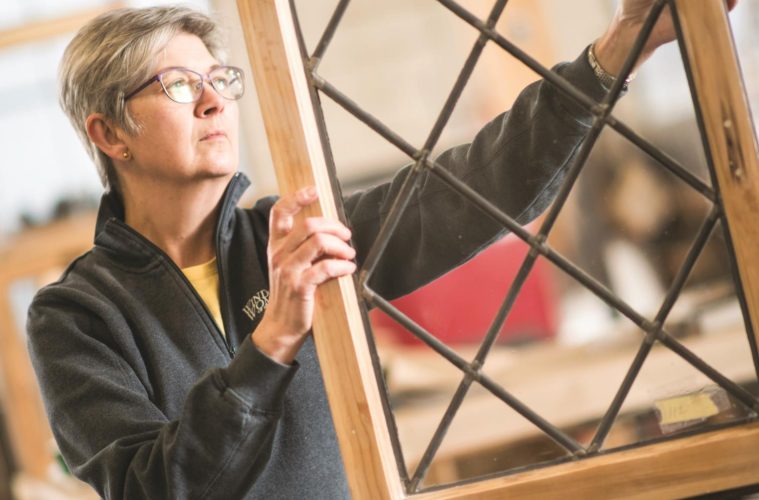“Save the Windows” is Amesbury-based Alison Hardy’s clear message. Some might call Alison Hardy a stubborn traditionalist. After all, it was a fondness for older homes that moved Alison and Rob Hardy to buy an 1860s Victorian back in 1998. But then happily ever after was slightly hampered during the repair process, because the windows were in dire straits and Alison refused to take the new-window route. The charm of the original glass and hardware was part of the package as far as Hardy was concerned. Even before fenestration frustrations became larger than life, the new option just didn’t mesh with Hardy’s sensibilities—or her Yankee love affair with frugality. In fact, the thought of tossing out important historic artifacts went against every fiber in her DNA. “I’m all about re-use.”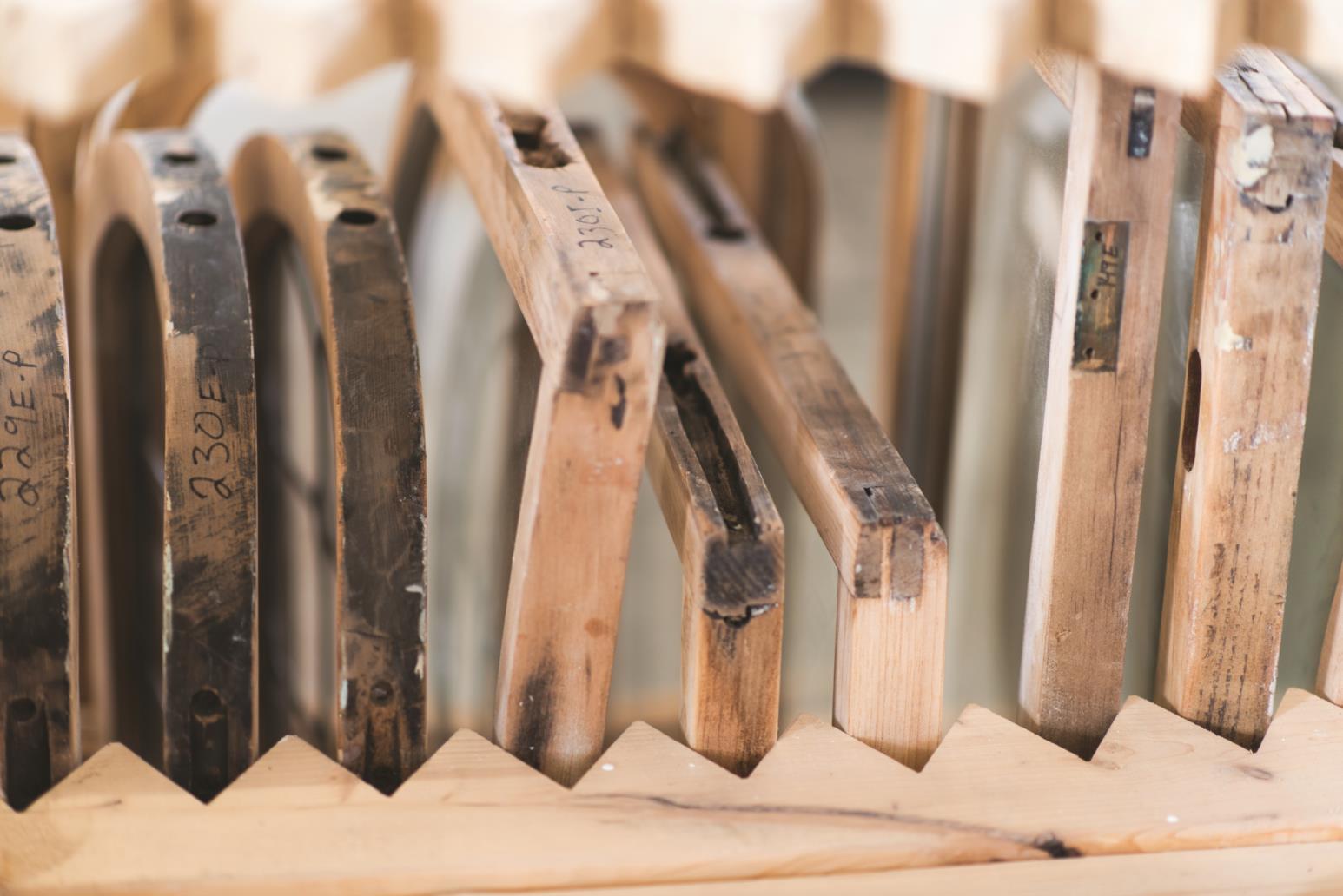
So Hardy then embarked on a research tangent probing renovation resources, and she came up with slim possibilities. “So I sat down and said, ‘How hard can this be?’” Hardy recalls of her first tentative venture into window restoration. “When I put my common sense hat on and studied how it all came together, I learned how it all could come apart.” She didn’t know it at the time, but that exercise was basic training for what became Window Woman of New England.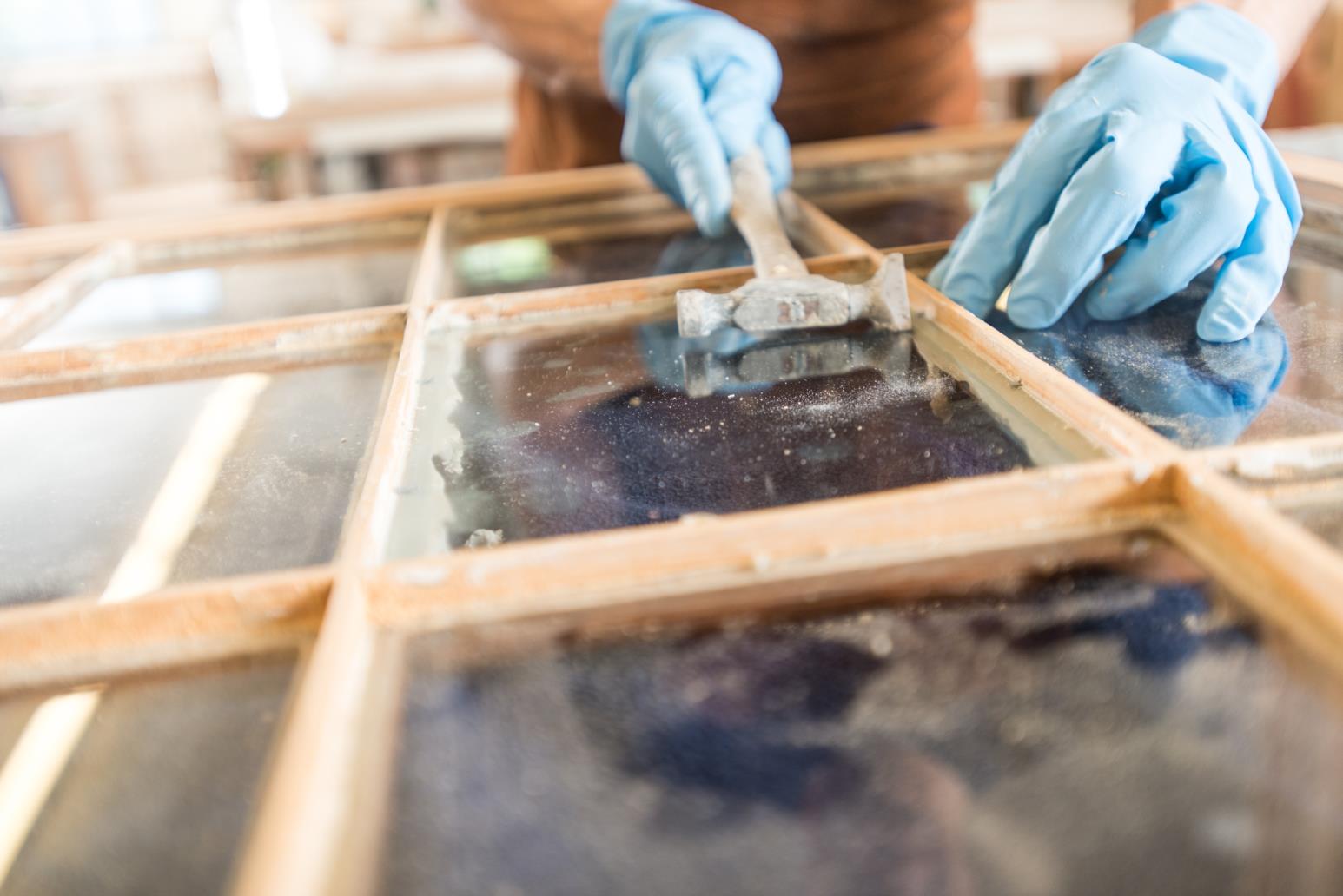
Hardy had some carpentry experience under her tool belt. Although she had never tackled window repair before, she is a staunch do-it-yourselfer and had dabbled in some other home repair projects. Even more to her advantage, her husband is a hobby furniture maker and had a workshop with most of the right equipment ready and waiting. And the project taught her to tackle windows of all descriptions. “The house had a variety of additions,” she recalls, “and it was a mishmash of windows.” By the time she was finished, she pretty much knew the ropes. Word spread. When a friend bought a nearby building with a major case of window angst and lots of glass in need of repair, she was called to the rescue. Then the domino effect sent more neighbors with window woes her way. By 2003, she was in the business and Window Woman of New England was born.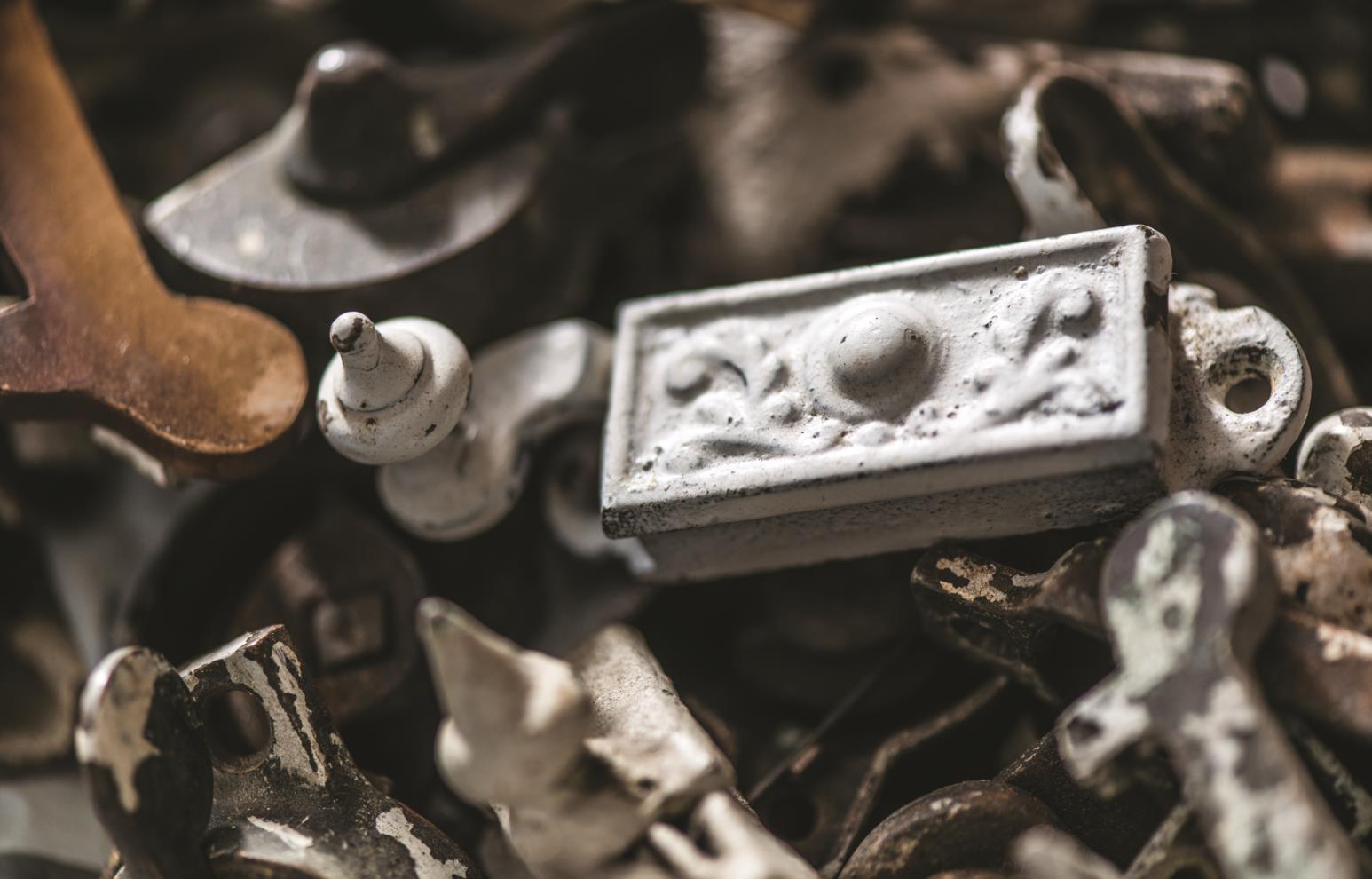
When it comes to windows, Alison Hardy is a rescuer. In the first place, she finds that most projects aren’t as dire as they seem at first glance. “Sometimes it’s just a case of flaking paint,” she explains. Yes, the window looks sad, but some sanding and repainting will set it right. More often, a rotted bottom piece (where the rain settles) requires replacing. Broken window panes are a cinch to fix and practiced hands can putty evenly and securely to keep everything in place. “And then the window is good for another hundred years,” she beams.
Why exactly is she opposed to replacing with a new product? If you have an hour or two, Hardy can recount the many reasons. For example, older windows were usually meticulously constructed. “Windows don’t take a lot of wood,” she reasons, “so better-quality, old-growth wood was used for window construction. They were beautifully made, and they don’t deserve to be thrown out,” is her stand.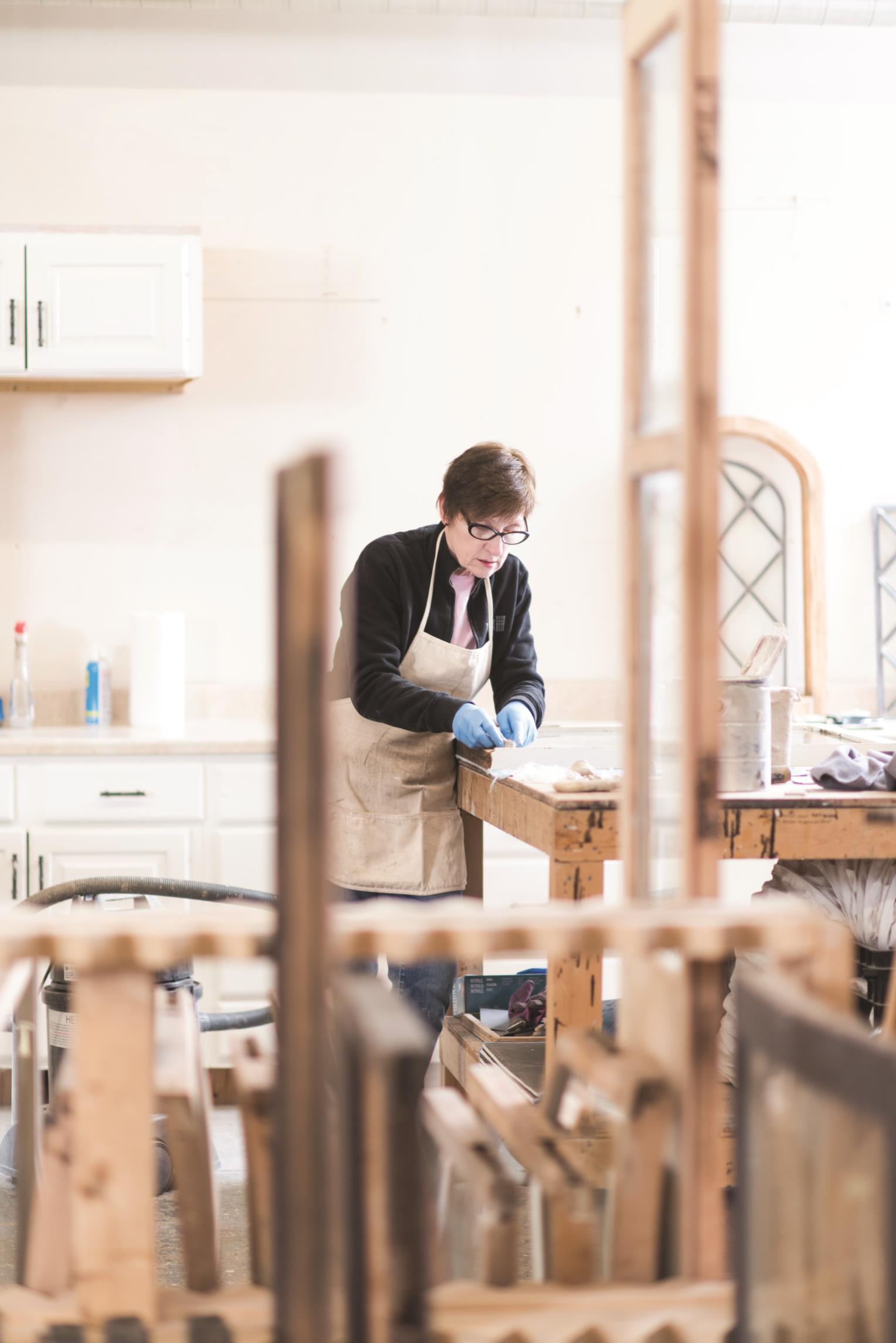
Interestingly, in the average pre-1830 home, windows tended to be fairly uniform. Why? “Because glass was originally shipped from Europe, only a few sizes were available,” Hardy explains. And early glassmaking was an art that few Americans attempted. Of course, custom windows were always configured for the homes of those with means—especially during the late 1700s. But the usual six-over-six configuration was the norm. And as you might suspect, Window Woman of New England stashes an arsenal of old windows and their components—including lots of original glass—to support her projects. Her penchant for saving is your boon.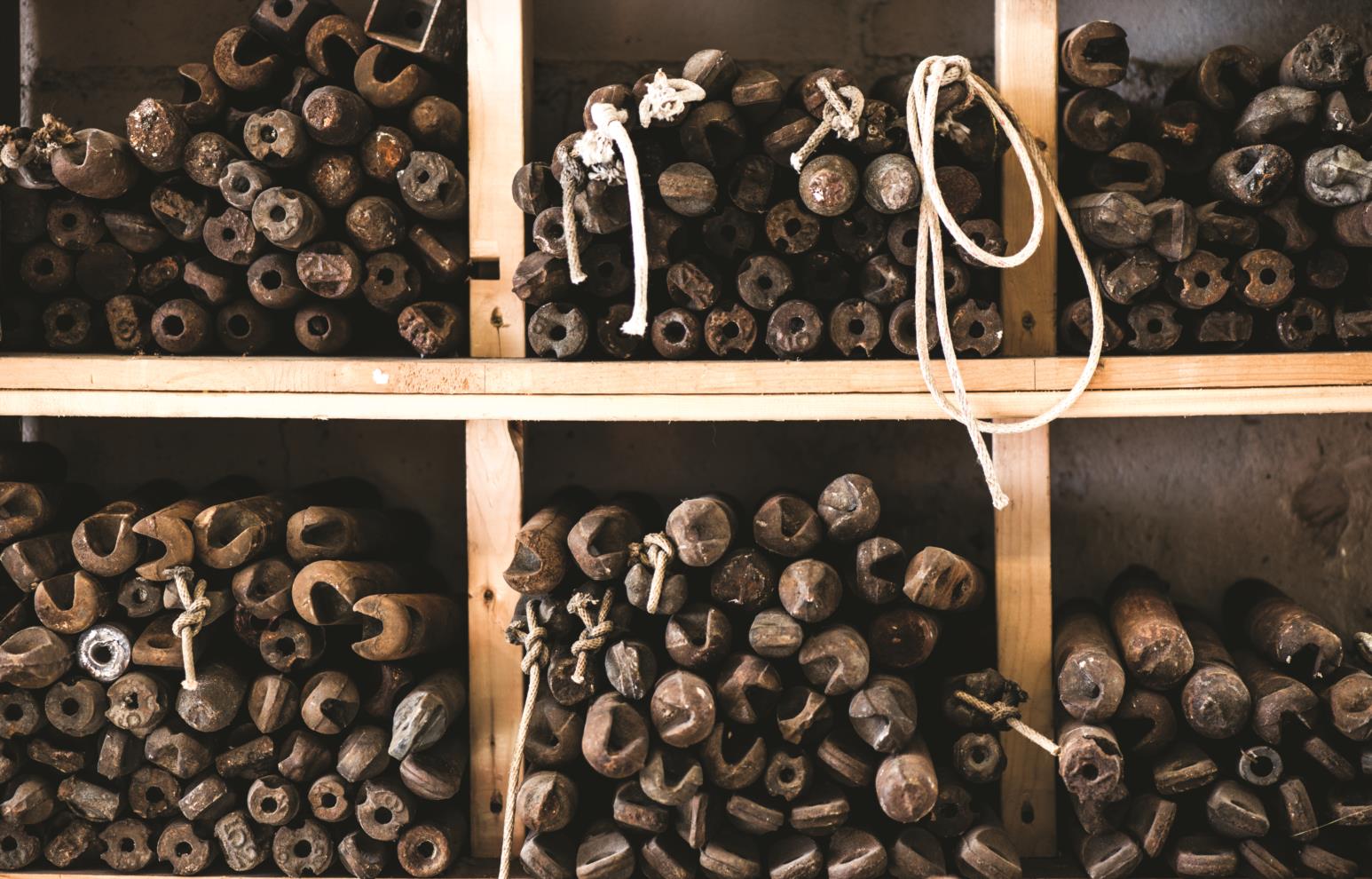
In this case, Hardy and her crew of 10 do make house calls. Quite often, windows can be repaired on the premises. Beyond merely fixing the issue, these craftspeople preserve the subtle eccentricities of the setting. “We want the finished window to look original. That often means it’s slightly imperfect—windows are rarely perfectly square,” Hardy has found. If a wounded window needs to come back to window repair central in Amesbury where a stash of vintage pulls, clasps, and other window hardware is waiting to be called into service, the repair can usually be accomplished in 20 to 24 hours. And yes, Hardy can match paint to finish the presentation. “I worked in the textile industry prior to this career,” she says. “I actually have perfect pitch for paint colors.” In other words, she can eyeball a hue and re-create it. That talent comes in handy, for sure, but it’s Alison Hardy’s upbeat “can do” optimism coupled with her preservationist’s zeal that quells customers’ fears. Plus, as Hardy points out, “In my 15 years doing this, I have only encountered two windows that couldn’t be saved.” Sounds like a clear solution.
Window Woman of New England, 978-532-2070, window-woman.com

